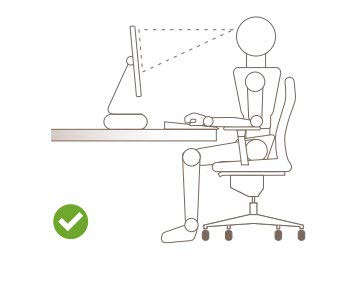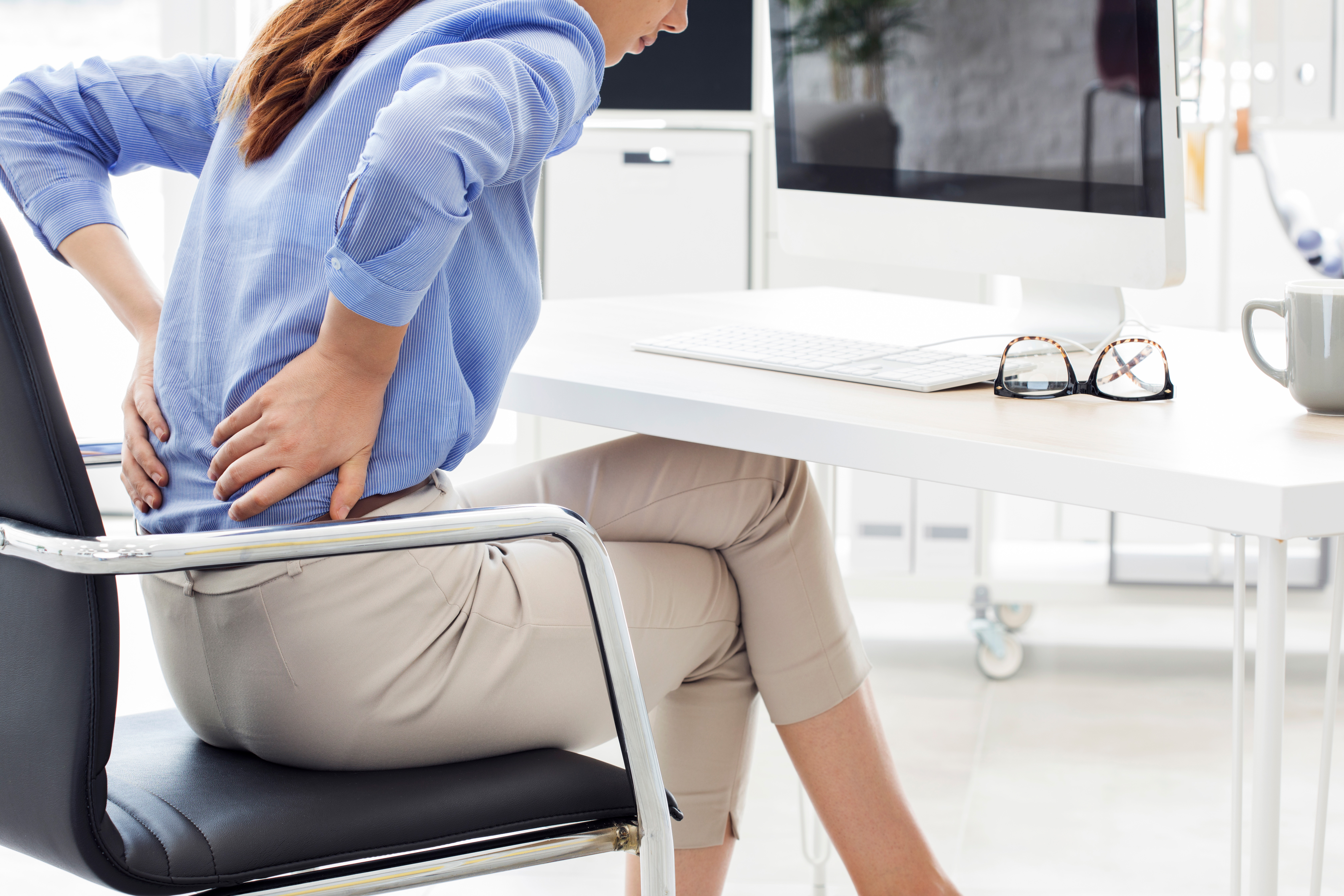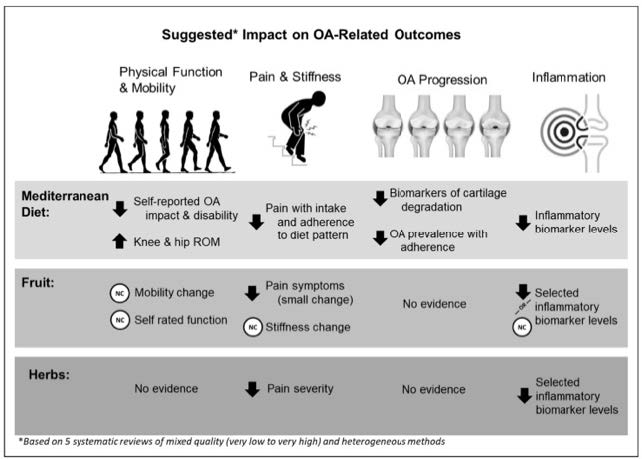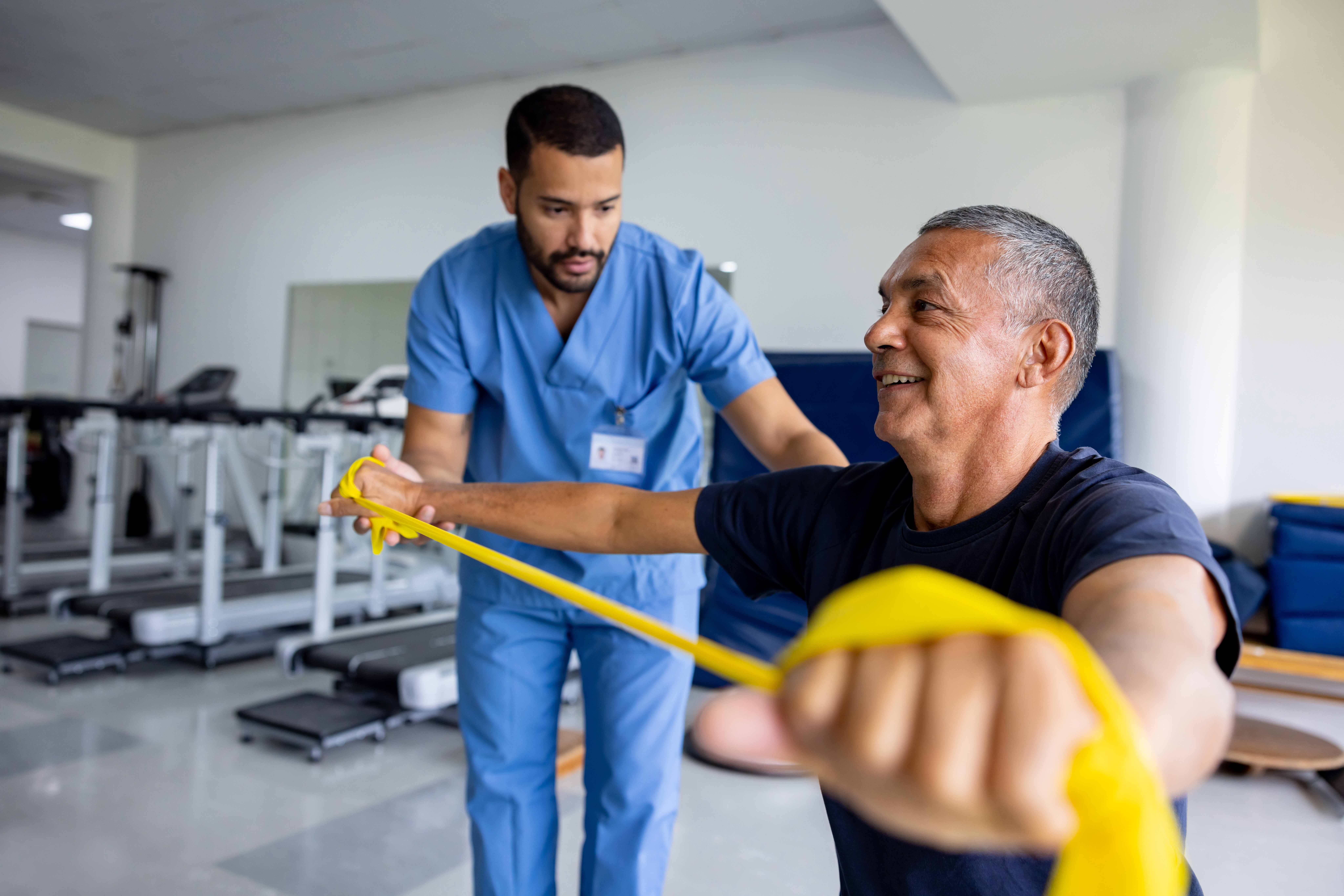Managing Your Back in the Workplace
Several precautions can be taken in the workplace to improve lower back pain.
Taking Breaks at Work
Firstly, taking breaks at work can reduce people’s lower back pain, without affecting productivity at work. Breaks at work should be active, involves moving around or changing how you are sitting (Waongenngarm et al. 2018). Research indicates that breaks from desk-bound work should be frequent, brief, and involve standing to temporarily alleviate symptoms of low back pain (Sheahan et al. 2016). Significant improvements in low back pain had been found among a desk-workers’ sample performing office-based stretching and motion of back muscles (Russo et al. 2021).
Ergonomic Workplace Setup
For desk workers, finding a right adjustable chair with features that properly support your back might influence low back pain (Channak 2022). Additionally, varying your posture while working has been shown to be effective in office workers that adopted sit-to stand desks (Robertson et al. 2013). When access to sit-to-stand desks is not possible, varying your posture while sitting on any desk chair also prevents the onset of low back pain (Waongenngarm et al. 2021).

The image above is commonly seen as a good example of the ideal posture. It has some ideal principles. But holding this position for hours a day would become bad posture. The most important thing with posture is your next posture. Regular movements and adjustments, as well as regular standing and moving around, are the most important principles of posture.
Whilst you are at the desk, consider these points:
- Adjust your chair so your feet are flat on the floor and your knees are level with your hips.
- Keep your computer screen at eye level to avoid straining your neck and keep an upright and neutral posture (Roman-Liu et al., 2020).
- Try to relax your shoulders and keep your arms and wrists in a comfortable position while typing (Sowah et al., 2018).
These little changes can make a big impact on your comfort at work. Nothing is as important as regular changing and moving in your posture.
Getting to work
In the BCA survey, driving came out top as the most common method of commuting, with over half of working Brits (55%) using a car to get to and from work. Whilst there are little evidenced-based recommendations about the right position for driving, the principles of comfort and small adjustments are key.
If you do drive to work, consider how you may get some time to move between driving and starting work to do some movement, such as “park and stride”, or undertaking some simple exercises in the workplace before you start.
Exercises in the Work place
This article from the Royal College of Nursing shows some simple exercises that are easy to undertake in the workplace and can be used to increase your movement in the day
Lifting & Shifting
If you are required to lift and move items, consider the principle of TILE. (Task, Individual, Load and Environment). Please follow the principles of your manual handling training. If you require further information on manual handling please see: manual handling training on e-Learning for Health










